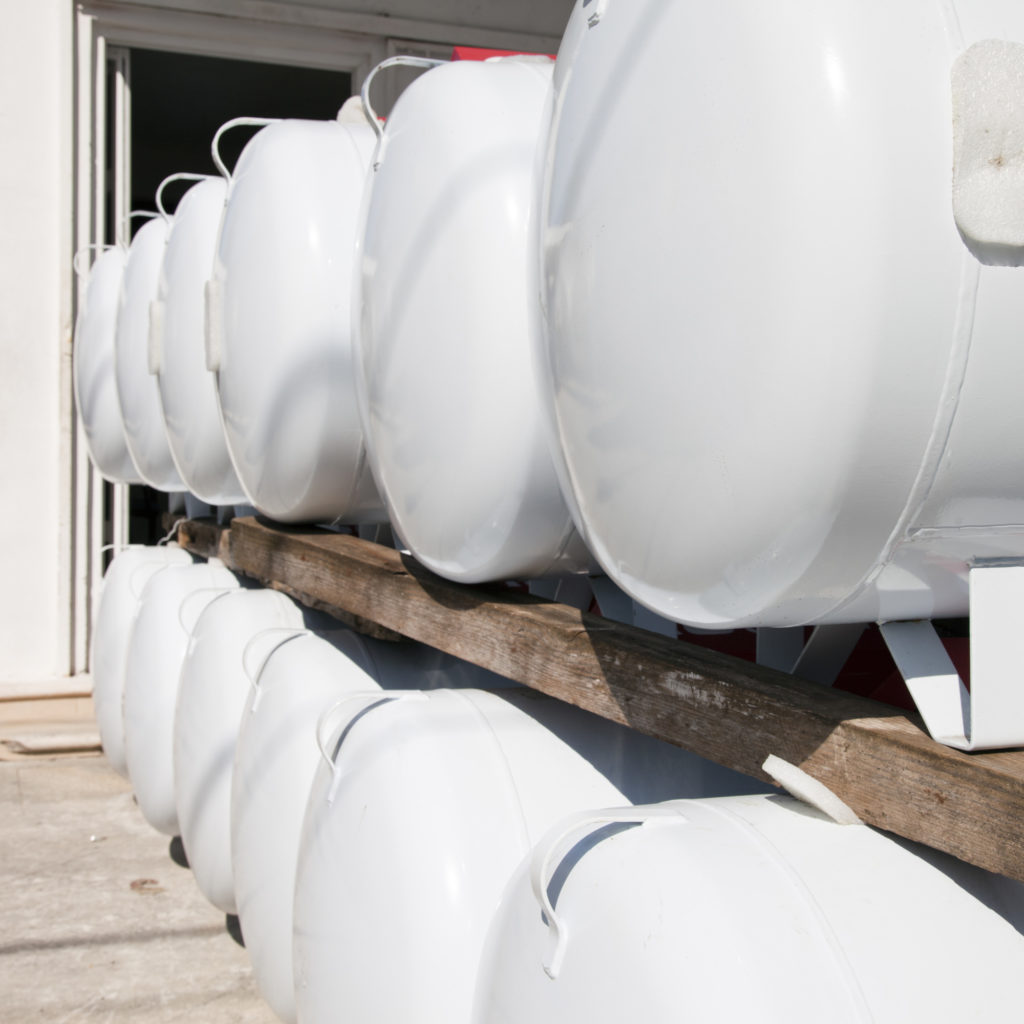
Installing an underground propane tank keeps them out of sight and out of mind.
But how do you know if an underground tank is right for you?
If you don’t want to see your propane tank and have a big enough space on your property, you can install an underground propane tank. Just make sure the space you’ve chosen is at least 12 by 5 feet and isn’t around any cars, buildings, or appliances.
Check out this guide to learn more about underground propane tank installation.
Choose the Size of Your Tank
Though there are many different propane tank sizes, you should only consider an underground tank if you need more than 500 gallons. The types of homes that use this much tend to have whole house heating along with several other propane appliances.
If your home uses this much propane, the benefits of a 500 gallon propane tank will be worth the installation process. If you don’t need this much propane, there’s a good chance you don’t need to bother with installing a tank.
Prepare for Yard Excavation
In order to get the tank into the ground, your provider must excavate a large hole in your backyard. The size of the hole depends on the size of your tank. For example, a 500-gallon propane tank would need a hole about 11 feet in length, 4 feet in width, and 5 feet in depth. A 1,000-gallon tank needs a hole 17 feet long, 4 feet wide, and 5 feet deep.
Your provider will map your yard and find a location that doesn’t have any gas or electrical lines. This location must also have a 10-foot buffer between it and any other building, HVAC unit, or property line.
Installing and Hooking up Your Tank
As your provider installs the tank, they must follow specific safety guidelines to make sure the tank doesn’t leak or get damaged during the process. These safety measures include the following:
- Making sure the foundation is sturdy
- Securing the container to keep the tank from moving once they’ve finished installing it
- Covering the tank with at least one foot of dirt
- Filling the hole with dirt that doesn’t contain rocks or other debris
Some parts of the tank, such as the valves and fittings, will stick out above the dirt after the provider buries it. This is normal. Your provider will also cover these parts with a dome to keep them from getting damaged.
How to Maintain Your Underground Tank
Propane tanks last a long time, and there isn’t much you have to do yourself to keep them in good condition. If you’re leasing your propane tank from a vendor, they’ll check on the tank at least once every two years.
The biggest part of maintaining your underground tank happens during the installation process.
Your provider will attach a protective layer called a sacrificial anode bag to the outside of your tank before they bury it. This bag absorbs the natural electric currents in the ground. If the bag wasn’t there, these currents would hit your tank and begin to deteriorate it.
The sacrificial anode bag helps extend the life of your propane tank.
Underground Propane Tank Installation
Underground propane tank installation requires professional services. It’s not something you can do on your own, but it doesn’t take a lot of time out of your day either. In most cases, your provider can install your underground tank in a few short hours.
Moving into a house that already has an underground propane tank? Here are a few ways you can make it feel like home.

